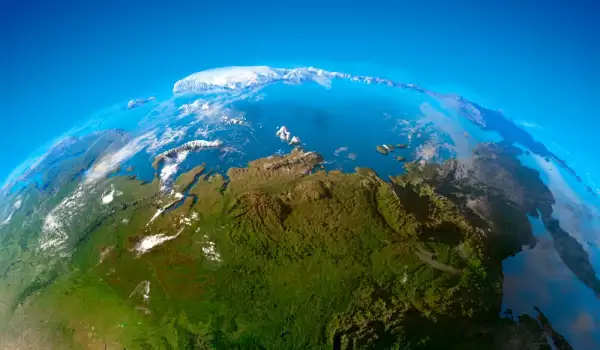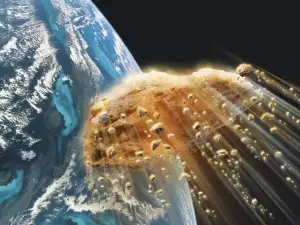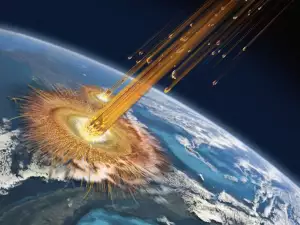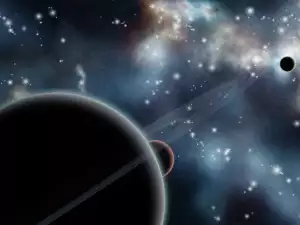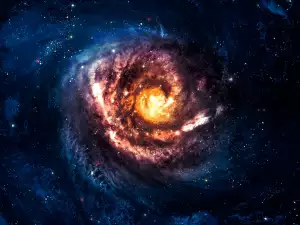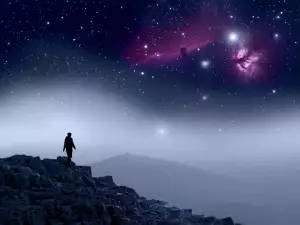The planet Earth formed 4.54 billion years ago. And while until recently it was believed that life here began 3.8 billion years ago, scientists have proven that this actually happened a lot earlier.
Life on Earth formed practically right after the young planet cooled 4.1 billion years ago, which is 300 million years earlier than was believed.
This discovery was made by geochemists from the University of California, Los Angeles. They have found an ancient zirconia crystal in Western Australia. After analysis, it proved that life arose 4.1 billion years ago.
Scientists from Stanford University and UCLA have studied samples from the rocky regions in Jack Hills in Western Australia. They have uncovered microfossils in grains of graphite trapped in an ancient zirconia crystal. Tests have shown that materials in the graphite are enriched with carbon isotopes - a fact that's linked to life forms.
Geochemistry professor and co-author of the study, Mark Harrison, explains that the data prove that everything living on Earth appeared practically in an eye blink after it had fully formed. This really isn't that surprising if all the right conditions for it are present, he adds.
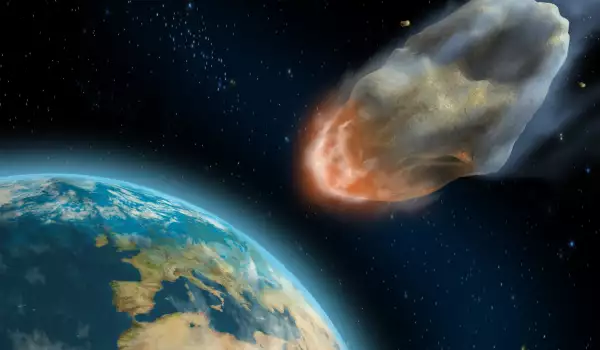
The discovery is of exceptional importance. It shows that life can quickly arise on any planet that has suitable conditions available. This in turn has led scientists to posit that there are many habitable planets even in our own galaxy.
Another conclusion stemming from the find is that the life that emerged on Earth is very resilient. The fact that it appeared more than 3.9 billion years ago means that this was prior to the massive meteor and comet bombardment in the inner Solar System.
This led to the formation of the craters on the Moon, as well as climate changes on Earth. But even if the initial forms of life were destroyed, it's a fact that it was reborn exceptionally quickly thereafter.
